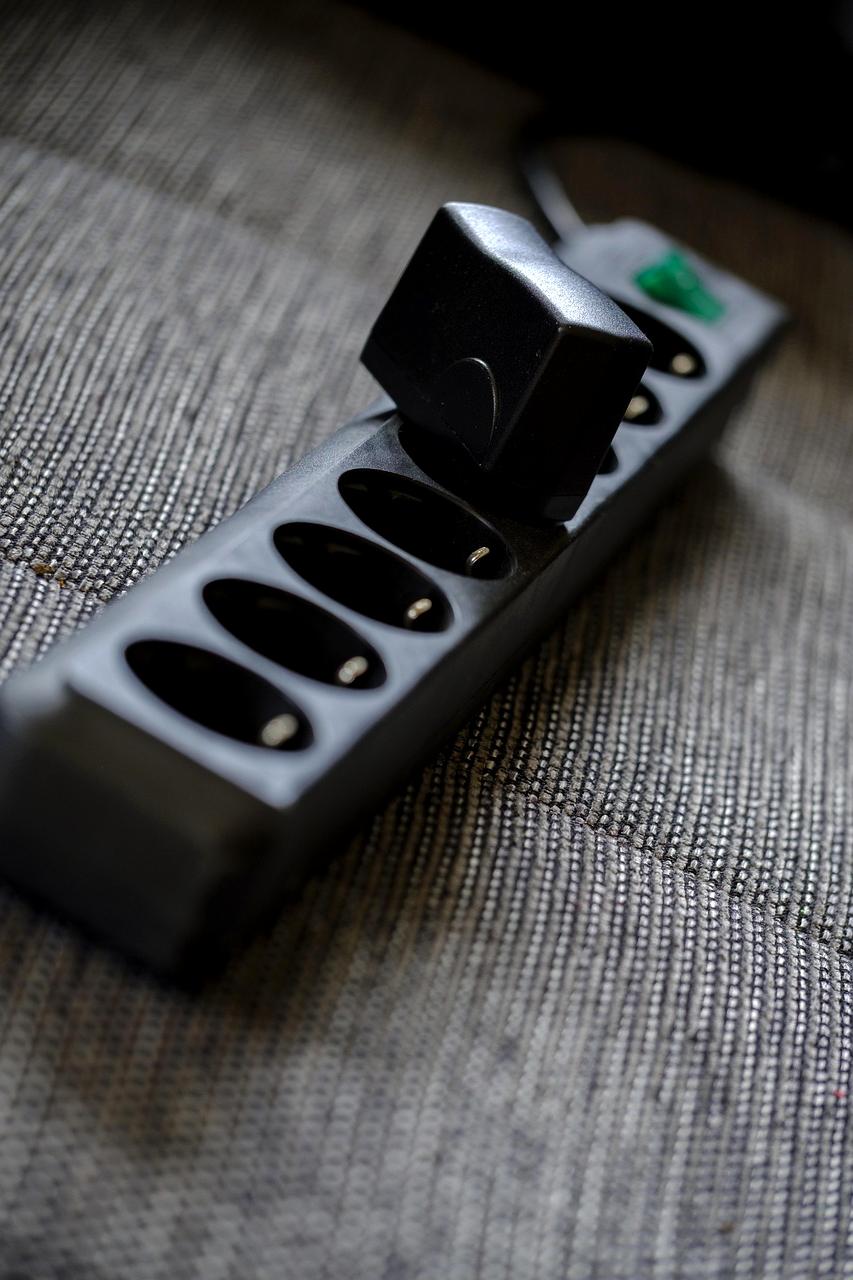Stay updated with the latest news, trends, and innovations in the tech world.
A power distribution unit (PDU) is an essential device used in data centers for managing electrical power. The simplest forms of PDUs resemble large, basic power strips without surge protection, providing standard electrical outlets for various equipment. More advanced PDUs offer real-time monitoring and remote access functionalities.

PDUs transfer alternating current (AC) from a power source to multiple devices, addressing the high demand for electrical supply in data centers. They can be portable or mounted on the floor and often come with several outlets to accommodate devices like servers and networking equipment. In scenarios where ordinary power strips would fail to safely handle power needs, organizations utilize intelligent PDUs to enhance uptime by allowing remote management of power distribution effectively.
As the reliance on cloud computing and the expansion of data centers continue to grow, experts predict that the PDU market will reach $7.9 billion by 2030. The demand for efficient power management solutions drives this growth, making it crucial for organizations to understand the different types of PDUs available.

PDUs can be categorized into various types based on their functionalities, including basic PDUs, metered PDUs, monitored PDUs, switched PDUs, and automatic transfer switch (ATS) PDUs, each designed to meet specific requirements. Basic PDUs distribute power like a heavy-duty power strip, while intelligent PDUs provide advanced features like real-time usage monitoring and control.
